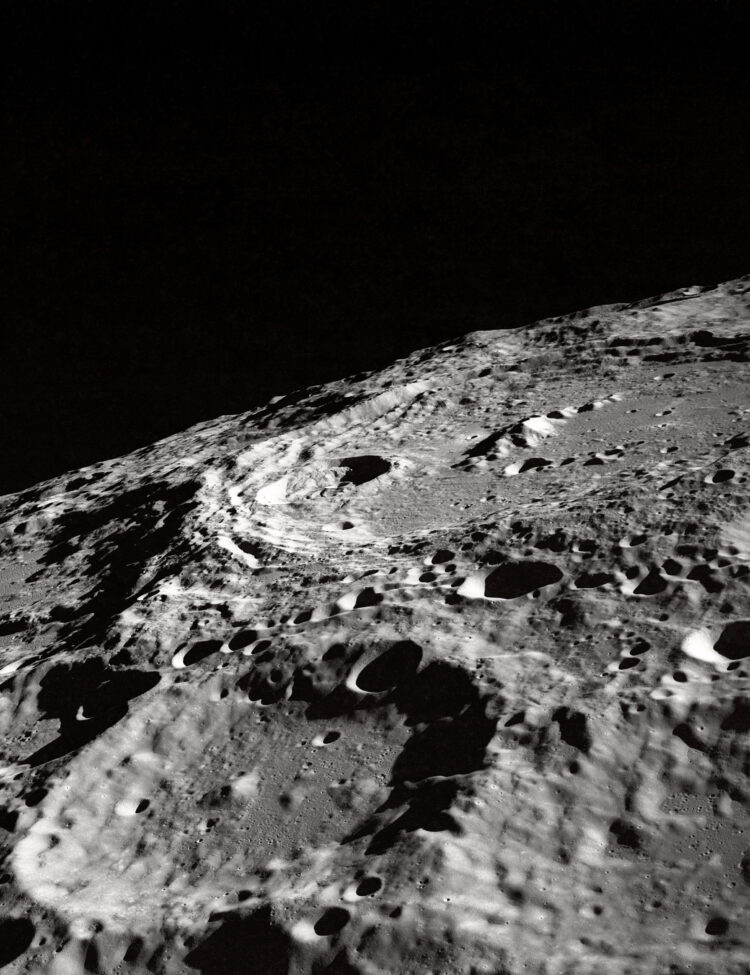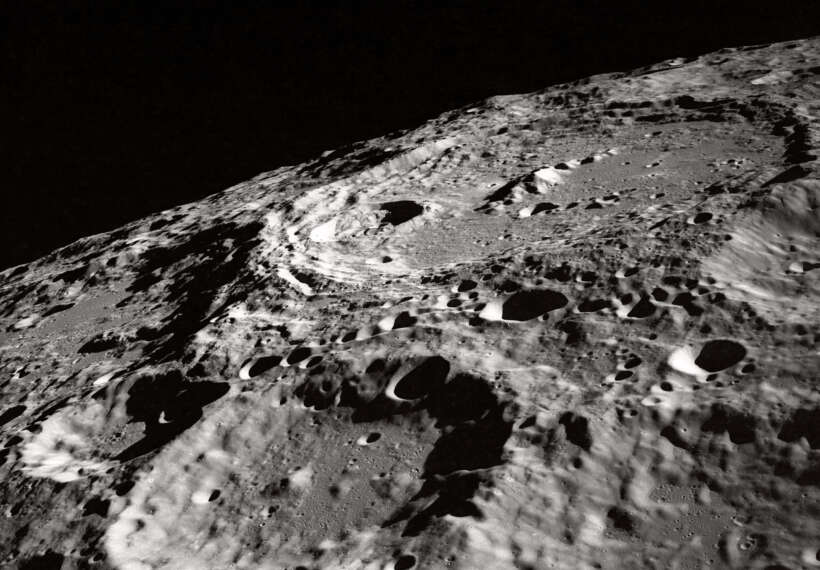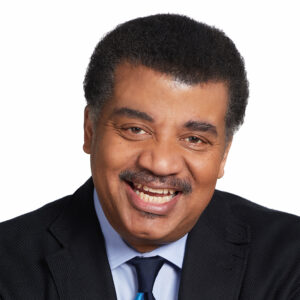About This Episode
Does being in space mean there is no gravity? What does noon have to do with the Artemis Mission? Neil deGrasse Tyson and comedian Chuck Nice break down weightlessness, planetary alignments, and what is going on on the south pole of the moon.
We explore daytime, nighttime, and why Artemis III is going to the south pole of the moon. Where is the sun at high noon? Depends on where you are in the world. We break down how longitudinal position impacts access to daylight on both Earth and the Moon. What is a cold trap? Find out about the unique conditions on the inside of some lunar craters and in-situ resource utilization. Is this the first step to a lunar colony?
Are astronauts always floating when they’re in space? What does it mean to escape Earth’s gravitational pull? Find out what 0G really is as we explore the concept of weightlessness. What is a translunar injection? We discuss Lagrange points, The Expanse, Ad Astra, and transitioning between objects’ gravitational pulls. Can a person on a rocket tell between 1G of gravity and 1G of acceleration? Is microgravity actually a misnomer?
How rare are planetary alignments? What does it mean for the planets to be aligned? Does that mean that something special will happen or you will have good luck? We discuss the plane of the solar system, the origins of the days of the week, and what it means to be in alignment. That, plus, what is the difference between alignments and conjunctions?
Thanks to our Patrons Tatiana Joine, Marcos Rodriguez, Peter Gordon, Leonard Leedy, RolandP, and Shimon Zig for supporting us this week.
NOTE: StarTalk+ Patrons can watch or listen to this entire episode commercial-free.




 Unlock with Patreon
Unlock with Patreon

 Become a Patron
Become a Patron